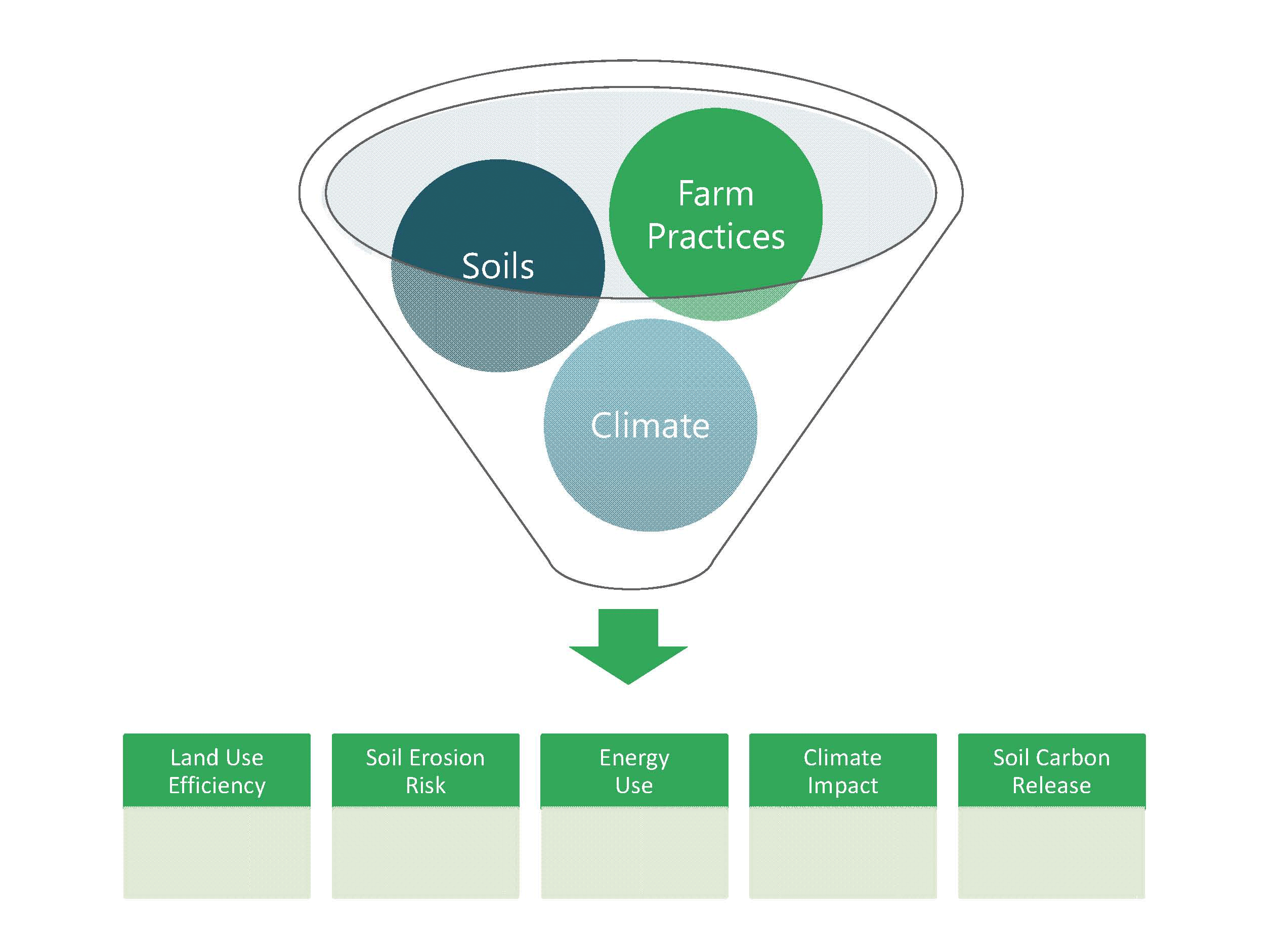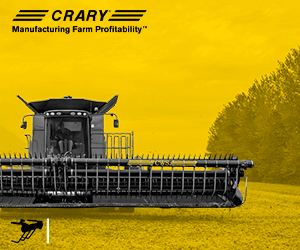Measuring your field print
NEW TOOL CALCULATES ENVIRONMENTAL IMPACT
ENERGY CONSUMPTION, LAND use efficiency, and climate impact are factors considered by growers each season. But how are environmental impacts and improvements recorded?
PHOTO: CANADIAN FIELD PRINT CALCULATOR

Consumers and food retailers are now demanding this type of sustainability information from farmers, and in response, a new calculator resource is being developed.
Denis Tremorin, Pulse Canada’s director of sustainability, is leading the development and distribution of a farm management tool called the Canadian Field Print Calculator. Similar to household resources available to assess a family’s carbon footprint, this calculator measures the environmental impact of farming and could help growers capture market opportunities.
“The project answers the market demand for information and is focused on output data and sustainability metrics that are quantitative in nature,” says Tremorin.
ON-FARM TOOL
To support the development of the tool, a group of agricultural associations and companies have developed an informal organization — the Canadian Field
Print Initiative.
“We have been working on this project for the last four years and have developed the sustainability calculator to be an easy-to-use Microsoft Excel-based tool,” explains Tremorin.
The initial data input requires a listing of all equipment used in field operations, including name and horsepower. Tremorin says records can then be set up by farm and field, noting that some information only needs to be entered once as it will prepopulate as additional years of data are added.
The calculator asks for details of soil type, tillage practices, and wetland drainage for each field. The majority of the input data is related to farming practices — planting, fertilizer and pesticide application, and harvest. For each practice, the tool requires records of equipment used and hours operated.
“Participating growers provide their completed records to our consultant and then receive field-by-field performance reports based on five indicators — land use efficiency, soil erosion risk, energy use, climate impact, and soil carbon release,” says Tremorin.
The reports allow growers to compare alternative management scenarios on their own farms, monitor improvements over time, and compare their sustainability scores to regional averages.
DEMAND FOR DATA
Tremorin sees the sustainability reports provided by the calculator as a way for growers to know their environmental impact and share the information in support of their farming methods. “We are realizing that food companies want to understand the agricultural production side because consumers are interested in the sustainability of their food.”
“We work with impact metrics because we want to change the discussion along the food supply chain,” he says. “As opposed to purchasers demanding what specific practices growers use, we can focus on the data and trying to reduce overall impact scores through the innovation of farmers.”
The calculator is closely based on an existing online tool available in the United States through Field to Market®: The Alliance for Sustainable Agriculture. Tremorin says this organization is successfully working with Unilever and other large companies to share sustainability data.
“We are working with General Mills, Inc. in Western Canada to provide sustainability metrics on the oats they purchase,” he says.
Similarly, Kellogg Company recently announced a new policy outlining their commitment to sourcing sustainable agricultural products. “Kellogg Company will responsibly source its top 10 ingredients and materials by 2020 and validate compliance across all direct suppliers by 2015,” said the company in a news release.
Kellogg listed increased resilience to climate change, optimization of fertilizer inputs, reduction of greenhouse gas emissions, and improvement of soil health among their priorities for agricultural suppliers.
Tremorin says these commitments, which are similar among other major food companies, closely match the metrics provided by the calculator — so there is significant potential for partnerships with participating growers in the future.
PILOT PROJECTS
Tremorin and his team recently worked with 35 growers in Western Canada to evaluate the calculator through a pilot project involving data from 100 fields. “The goal now is to get the word out about this tool and increase distribution,” he says of their success.
He also notes that the pilot allowed for refining of the calculator. “We recognize that this is a new tool and an additional system to maintain so we are working with farm management companies to potentially combine this with existing software where similar information may already be stored.”
Through a new partnership with Grain Farmers of Ontario, the existing version of the Canadian Field Print Calculator is currently being adapted for eastern Canadian growers. Grain Farmers of Ontario will be leading a related pilot project with Ontario growers in 2015.
Pulse Canada has asked if we could update the online version of the article to include four more members…. I expect they are going to share the link and would like all members noted. Please find the updated last paragraph below.
In addition to Pulse Canada and Grain Farmers of Ontario, members of the Canadian Field Print Initiative include the Canadian Canola Growers Association, CropLife Canada, Ducks Unlimited Canada, General Mills, Inc., Manitoba Pulse Growers Association, Canadian Fertilizer Institute, Canadian Association of Agri-Retailers and Cargill Ltd. •








